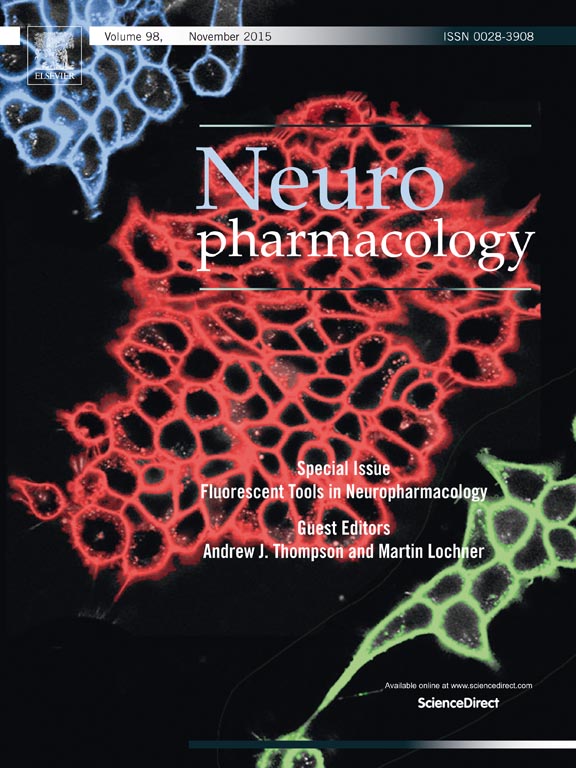|

|
|
Lighting up Neuroscience:
Fluorescence has revolutionised the way in which we observe biological processes. As early as the late 19th century high
quality optics for transmitted light microscopy were possible and the only means to improve resolution was to use light with lower wavelengths. In 1904 Köhler therefore
constructed the first ultra-violet microscope. While the use of ultra-violet light was problematic, because the biological specimens fluoresced, it was soon realised
that this property could be utilised owing to the contrast between fluorescent and non-fluorescent regions of the sample. Over the next decade these early experiments
were extended by attempting to stain non-fluorescent structures with fluorescent materials and, in doing so, making them observable by fluorescence microscopy. By the
1920s the light of the primary light source and the light from the excited object could be separated by suitable filters, opening opportunities for many of the
fluorescent methods used today...click here for the full
article
|